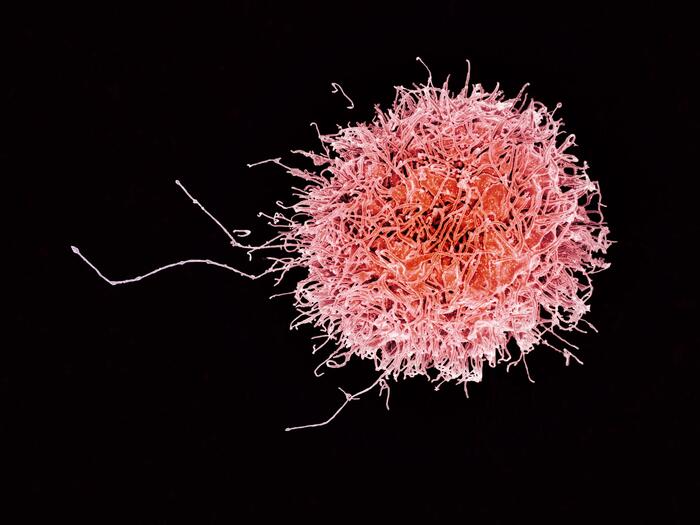Damage to the thin membranes that surround them is now added to the list of factors that trigger the aging of cells: this is indicated by the study published in the journal Nature Aging.
In fact, he discovered that the possible outcomes of such trauma are not only divided into repair of the damage or cell death.
There is a third possibility: when the damage is of medium severity, the cell can become senescent, therefore incapable of dividing further.
The discovery, made by the research team at the Japanese Institute of Science and Technology in Okinawa (Oist), opens new avenues for research aimed at further extending lifespan.
The cells of the human body are surrounded by a fragile membrane only 5 nanometers thick, about 20 times thinner than the walls of a soap bubble.
This membrane can also be easily damaged by normal physiological activities that occur within the body, such as muscle contraction.
To deal with this problem, cells are equipped with mechanisms capable of repairing the damage, if its extent allows it, or activating the processes that lead to cell death if the lesion is too extensive.
“When I started this project, I simply aimed to understand the repair mechanisms of the damaged cell membrane,” comments Keiko Kono, who coordinated the research.
“Unexpectedly, we discovered that damage to the cell membrane, in a certain sense, can change the fate of cells.”
In fact, it has emerged that the key to determining cell fate lies in the size of the lesion: medium-sized damage, neither too small nor too large, causes the cells to age prematurely even if they are able to cope with the rupture.
In this case, cells age through a different mechanism than usual, involving the influx of calcium atoms and the p53 gene, known for its function in suppressing nascent tumors.
“The data we obtained suggest that damage to the cell membrane explains the origin of senescent cells in our body – concludes Kono – particularly those found near damaged tissues”.
Reproduction reserved © Copyright ANSA

